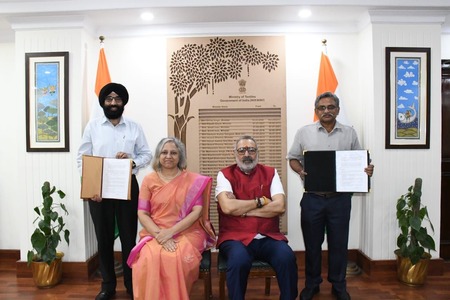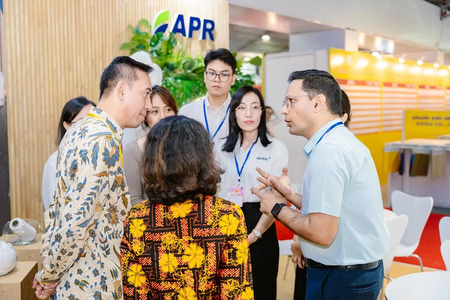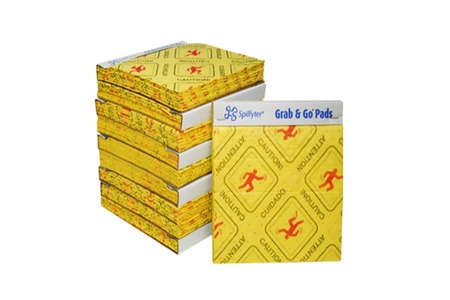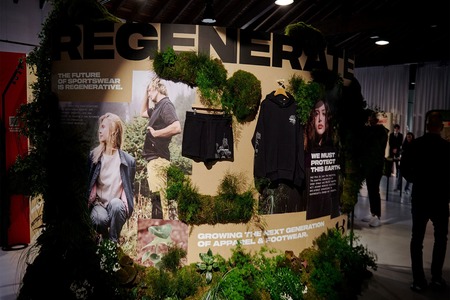
Researchers create dissolvable textile fibers from gelatine
YarnsandFibers News Bureau 2024-06-21 11:25:09 – USAResearchers from the University of Colorado Boulder's ATLAS Institute have developed a machine that produces textile fibers for clothing from sustainably sourced gelatine. These fibers can dissolve in hot water, addressing the issue of textile waste.
The dissolvable gelatine bio-fibers aim to combat the increasing problem of textile waste, which added over 11 million tonnes to US landfills in 2018 alone, according to EPA data. The $560 prototype machine uses a syringe system to extrude liquid gelatine, which is then stretched into thin fibers by rollers. These “bio-fibers” feel similar to flax and can dissolve in hot water within minutes to an hour.
The team, led by Eldy Lázaro Vásquez, a doctoral student at the ATLAS Institute, presented their findings at the CHI Conference on Human Factors in Computing Systems in Honolulu. “When you no longer need these textiles, you can dissolve them and recycle the gelatine to create more fibers,” said Michael Rivera, an ATLAS assistant professor involved in the research presented at the CHI Conference.
The researchers noted that every year, meat producers discard large quantities of gelatine that do not meet the standards for cosmetics or food products. The proof-of-concept gelatine textile sensors dissolved on demand, allowing embedded tech components to be recovered and making the yarns easy to recycle and reuse. The team mentioned that designers could add bio-based dyes, strengthening agents like fruit extracts, or other additives during the spinning process.
“You can customize fibers with the desired strength, elasticity, and color,” said Lázaro Vásquez. “With this type of prototyping machine, anyone can create fibers. You don’t need the large machines typically found in university chemistry departments.”
In addition to gelatine, the team is exploring fibers made from other natural materials like crab shell chitin and algae-based agar-agar. “We’re considering the entire lifecycle of our textiles,” Lázaro Vásquez added. “This starts with sourcing materials from waste products.”
Market Intelligence
Ask for free sample Report

experience
Customer Base
dedicated team
Countries Served Worldwide









